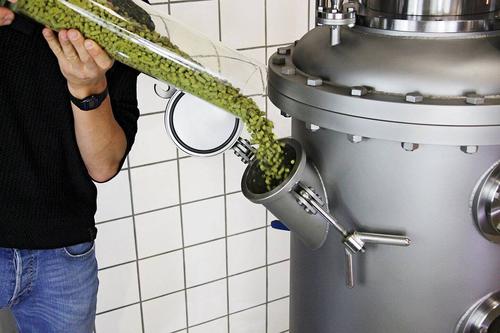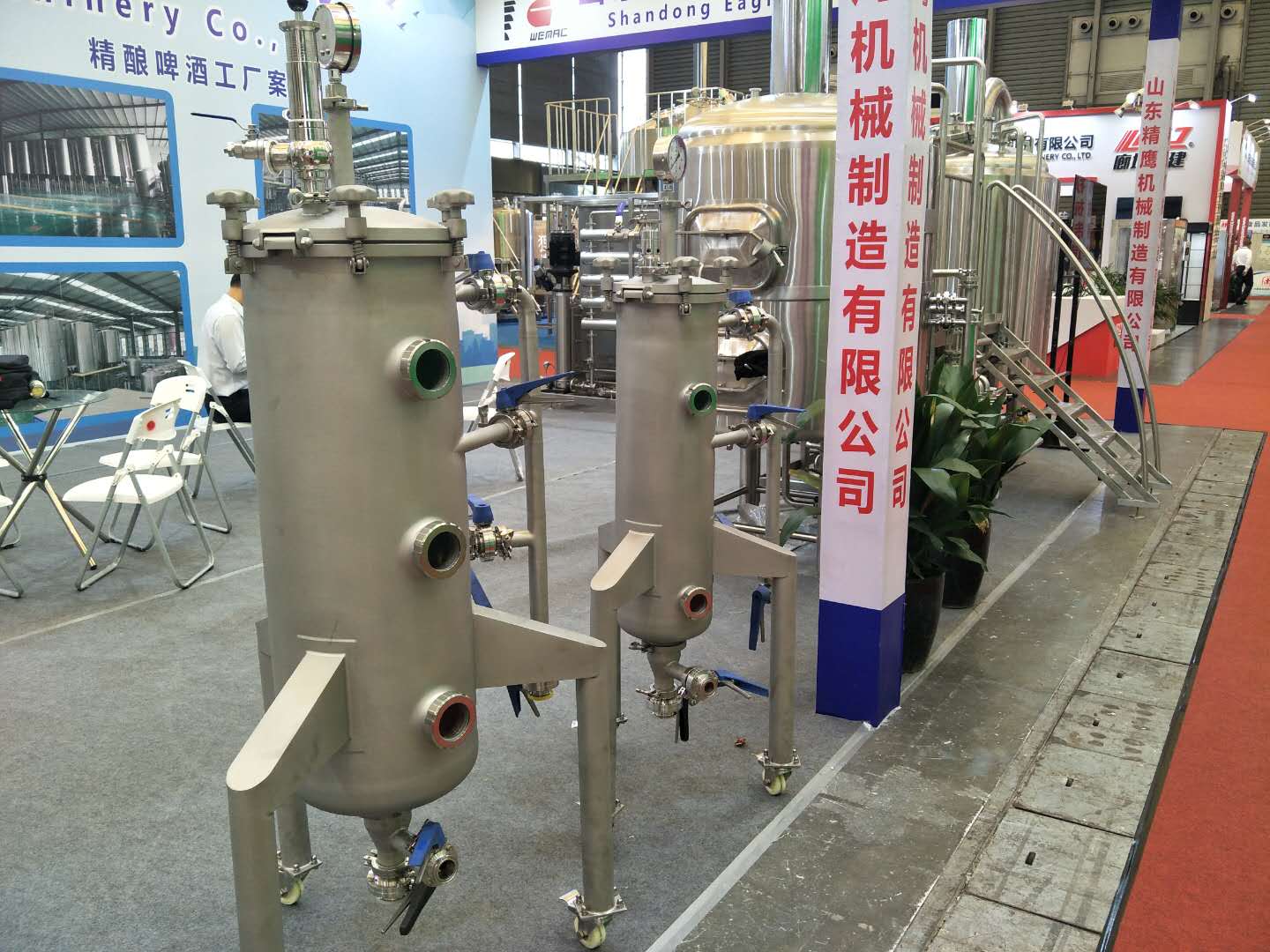
WEMAC Dry Hop Cannon-Hops addition gun for brewing craft beer
- * Processing : Fermenting Equipment, Beer Brewing
- * Brand : WEMAC
- * Condition : New
- * Material : SUS 304 316
- * Place of Origin : Weifang, China (Mainland)
- * Control system : AUTO/MANUAL
- * Warranty : Within 24 months against the date of B/L
- * Voltage: : To Be Determined (220V/ 380V/ 415V)
- * Processing : Fermenting Equipment, Beer Brewing
- * Brand : WEMAC
- * Condition : New
- * Material : SUS 304 316
- * Place of Origin : Weifang, China (Mainland)
- * Control system : AUTO/MANUAL
- * Warranty : Within 24 months against the date of B/L
- * Voltage: : To Be Determined (220V/ 380V/ 415V)
Dry Hopping Using a Hop Cannon

Questions about Hop Cannons
1. Do you use it for dry hopping?
Yes, we use it for dry-hopping and also often for adding finings at the same time (think SB3). In chinese we call "it can kill two birds with one stone."
The SB3 when added at the same time doesn’t affect overall hop aroma from the trials we have done. Subsequent runs with the hop cannon have backed up our initial findings.
2. Assuming yes, what is the max amount of hops you have put in and what is the max volume of your cannon?
There are different sizes provided by the supplier so, choose the one that best suits your needs. The jump in price for a larger cannon isn’t much more, as you’re just paying for extra materials.
Therefore, if you think you’re expanding to bigger vessels in the next few years. Go for the larger option. As it will save you money in the long term.
You need to check with the supplier but, using a minimum of 30% of the total max hop load should give you good results.
3. What is the max g/l or lbs/bbl dry hop you have done with it?
Most we have done so far is 10Kg for 1,750 litres. The client I purchased the equipment for has the 180L option. I can’t remember total hop load right now but I think it is around 25Kg maximum for the 180L model.
Edit: Checked and yes it was 25Kg (pushed to 30Kg) for a 180L volume hop cannon.
4. How long do you circulate for?
For Braukon, they recommended 5 times your total volume of the tank for recirculation. So, it depends on the power of you pump. So, with the above example (5 * 1,750L = 8,750L).
In actuality, a minimum of 3 hours to a maximum of 6 hours, is how long I run the cannon for. The bigger the hop load the longer I tend to run it. Some people run a hop cannon for 8 hours or more.
5. What temperature do you use it at?
Usually around 17C with the chilling in the tank set to 17C so it doesn’t heat up. I never dry-hop below 10C and usually make sure I am above 15C.
Generally, the warmer the beer the more aroma you get. Brewers like to dry-hop at ale fermentation temperatures. So around 19-21C.
It is my personal preference to go a bit lower, as it leads to less chance of extraction of polyphenols. I am hoping for less chance of astringency or hop bite too.

6. What speed do you run the pump at?
Every hop cannon I have run, it has been as fast as it can go. It’s all under pressure and I want to create a good vortex to get the aromas out of the pellets.
Also Braukon says a higher turbulence avoid the candle blocking too!
Do not spund your fermentation before using the hop cannon. You might get CO2 breakout and too high a pressure in the hop cannon when it’s running.
7. Have you noticed any down sides? e.g. grassy flavors?
No, I haven’t, please note the hop aroma still develops after the initial use of the hop cannon. The initial aroma is more like raw pellet hops.
A more expected hop aroma develops over the next 3-4 days. I don’t chill my beer after using the hop cannon for 3 days. There’s also some carry over of hop material to the tank.
There isn’t much and the chances of hop creep; but I do like to guard against it. In theory you could chill right after the hop cannon.
However, I usually factor into my brewing schedule, to allow a period for warm temperatures after the hop cannon run before chilling.
Also note after chilling, when the CO2 content in the beer has been increased it can also add to the “pop” of the hop aroma.
The braukon was the same and even though my experience of hop cannons isn’t huge. I’d expect this to be similar with most types.
Not backed up by theory but not all brewing is. Like spunding producing finer bubbles and less harsh carbonation than using a carbonation stone.
I’d expect more grassy flavours from traditional methods, because of increased hop material in the beer and it’s harder to evacuate this matter too.
8. Have you had any trouble with DO?
Anecdotal evidence, for the Chinese hop cannon. Nope, although I didn’t have a DO meter for at the brewery I was consulting at.
With the right set-up procedures and good practices, there isn’t much chance of O2 pick up. I fill with CO2 from the bottom of the cannon as I put the hops in.
I have already purged the cannon with CO2 beforehand too.

9. Have you had any issues with the pump?
We use an in-house CIP pump that came with the brewery and have never had an issue with it.
10. Would you recommend getting one?
For sure:
a. Lighter hop loads than traditional methods
b. Can fine the beer at the same time
c. Less hop material carry-over to the tank
d. Less chance of oxygen ingress than traditional or alternative methods
e. Can be used for other additions like coffee or puree (without the candle filter for puree)
f. The Chinese hop cannon comes with a CO2 stone (could be useful).

There are probably more advantages but this is off the top of my head.
The client I recommended the hop cannon too, was at first sceptical but came round to loving the hop cannon quickly after using it.
It was a hop cannon or a DE filter. Once the fining of the beer is dialled in; then the hop cannon will be useful for clearing the beer too, thus no need for the DO filter.
11. Any other notes or finding you think might be useful?
Just be good with you SOP’s and DO will not be an issue. It does take a few goes before you feel comfortable with a hop cannon.
If you have trouble pushing the beer back into the tank after the run. You might have to push some CO2 back the other way into the candle to unblock it.
What will help keep the hop cannon unblocked is purging the yeast from the beer prior to the day of using the cannon.
It is easy enough to do but we did have an issue with some beers that still had a lot of yeast in suspension. Usually from less flocculant British ale strains.

Please note: Underneath the article is some additional information.
Dry Hopping Using a Hop Cannon Conclusions
I was late to the hop cannon party, as I have only used them in the last 3 years of my brewing career.
I am though a convert and would always recommend a hop cannon for a brewery with a 10HL brew-length or more.
If you would like help sourcing a hop cannon for dry-hopping then please feel free to contact me. You can email at the address below or write a comment.
export2@wemac.cn
I am working with this same supplier to make further improvements. In brewing it never pays to stand still.
Thanks for reading my article “Dry Hopping Using a Hop Cannon”.
Stay safe and happy brewing.
Cheers
Send a Message
If you want to ask anything just fill in the form below and send us.
Write a review
Products
- Beer brewery equipment
- Craft brewing equipment
- Home brewing equipment
- Microbrewery equipment
- Commercial brewing equipment
- Industrial brewery equipment
- Pilot brewing system
- Brewhouse & Mash system
- Fermentation tank
- Bright / Brite tank
- CIP system
- Beer filling machine
- Pasteurizer
- Hop gun
- Yeast propagation equipment
- Beer concentration equipment
- Carlsberg flask
- Reverse osmosis water filtration systems
- Mobile water treatment systems
- Water Purification Equipment
- WFI equipment
- Purified water tank
- CIP system
- Multi effect water distiller
- Pure steam generator
- WFI tank
- Solution preparation tank
- Tube heat exchanger
- Storage and distribution system
- Liquid preparation system
- Demineralized water system
- Vapour compressor
News & Exhibitions
- Why Beer Concentration Matters: Unpacking the Standard ABV Range
- Why Every Craft Brewer Needs a Pilot Beer Brewing System
- Top 5 Benefits of Using a Pilot Beer Brewing System for Small Breweries
- Setting Up a Microbrewery? Why Turnkey Equipment Might Be Right for You
- How Nano Brewery Equipment is Changing Experimental Brewing: A Deep Dive into Small-Scale Innovation
- Essential Craft Beer Equipment for Starting Your Brewery
- Integrating Smart Equipment into Your Microbrewery
- From Grain to Glass: Building the Perfect Complete Brewing System for Your Home
TAGS
- turkey brewery equipment
- small beer brewery equipment,mini beer brewery equ
- 15 gallon jacketed fermenter
- home brewing distillation equipment
- sovereign stainless steel fermenter
- brewing equipment manufacturers uk,home brewing eq
- craft brewery equipment for sale, craft beer equip
- complete brewery for sale
- automatically brew equipment,50L Brewing equipment
- Nano brewery equipment, brewing systems manufactur
- beer brewing equipment
- dry hops addition
- hop additive gun
- hops addition gun
- pilot brewing system
- Microbrewery machine
- mixing tank manufacturers
- Craft beer making equipment for Malaysia
- CIP system
- professional Cleaning in place equipment
FEATURED PRODUCTS
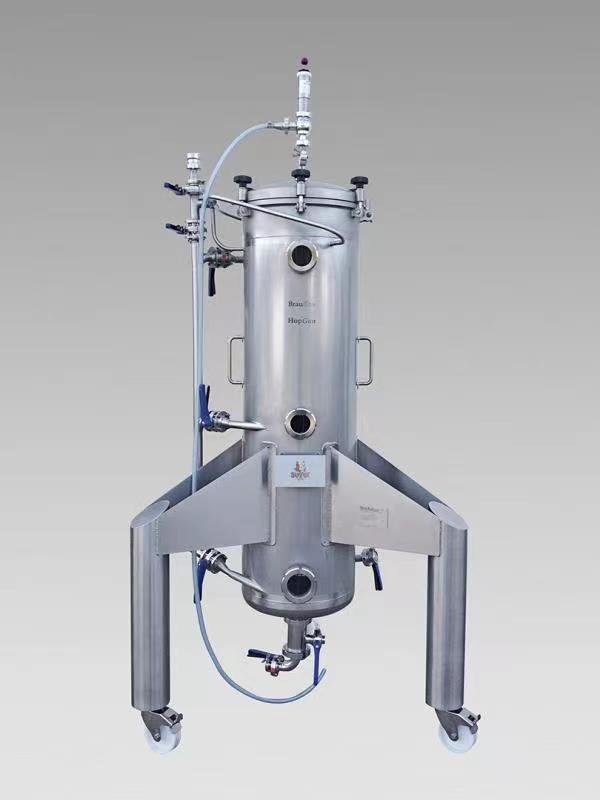
Stainless steel dry hop addition gun for beer brewery using zxf
For dissolving hop pellets and transfer to the fermenting tank though a specially designed candle in the middle of the H...
More >>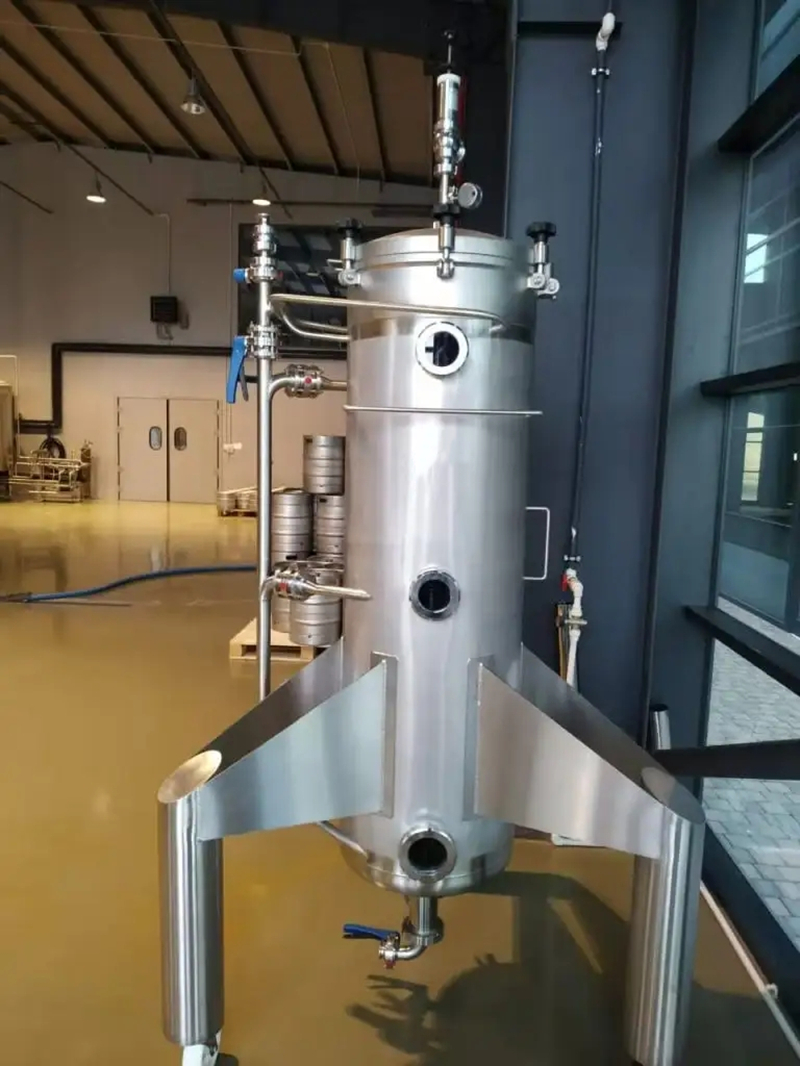
WEMAC brewery Hop cannon hop gun for sale ZXF
A hop cannon is different to a DE filter. It does have a candle like some DE filters. However, the candle is used to sto...
More >>
WEMAC Dry Hop Cannon-Hops addition gun for brewing craft beer
30L 50L 100L 150L 200L Stainless Steel 304 Hops Cannon Hops Gun for Dry Hopping.
Hop gun or hop rockets, is a good choi...
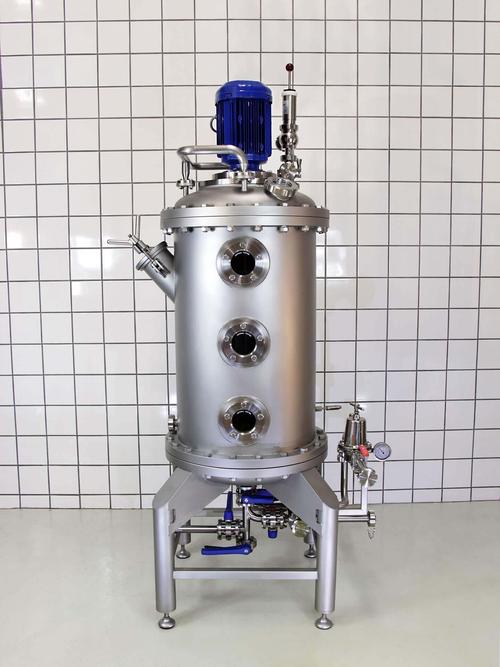
High quality Craft beer dry hops addition gun widely used in beer brewing industry from WEMAC China
Established in 1958,With many years of production experience, WEMAC is committed to providing you with the most professi...
More >>
50L & 30L SUS304 Hops adding equipment hop gun for beer brewing system from WEMAC
In beer brewing, hops have an irreplaceable role:
1. Make beer with refreshing aroma, bitterness and antiseptic. The ar...
151.jpg)
Beer hop adding tank and rocket manufacturer
The hops gun and the hops adding tank are the equipment of hops feeding in the process of beer production. It is usually...
More >>364.jpg)
Beer hops adding gun and hop adding rocket China manufacturer
The hops gun and the hops adding tank are the equipment for hops feeding in the beer production process. It is usually u...
More >>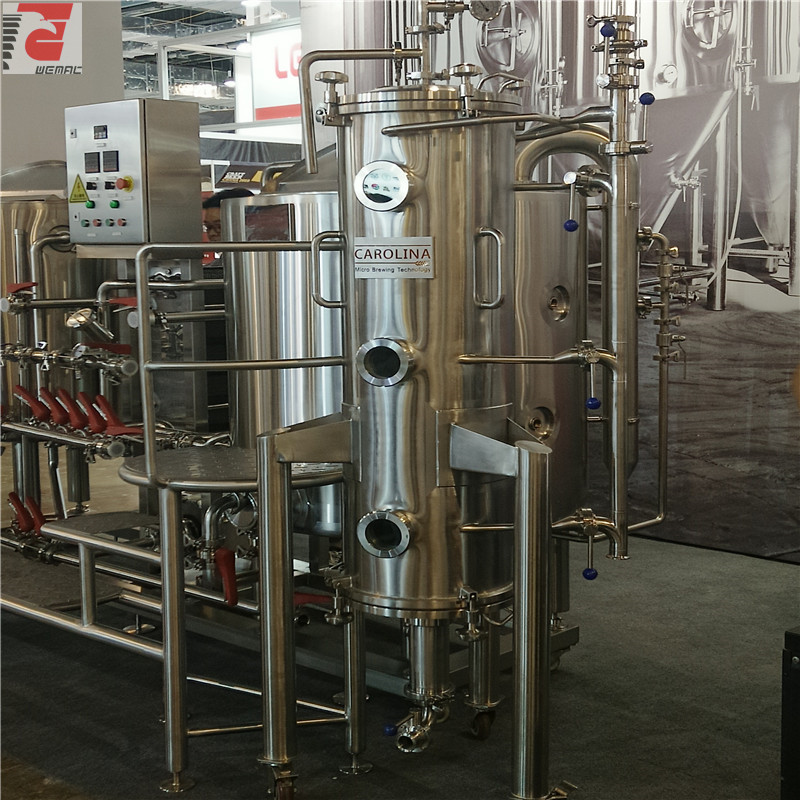
Hop gun and hop additive tank for sale WEMAC H015
Beer hop gun and hop additive tank is the equipment for hops feeding in beer production process. It is usually used in b...
More >>